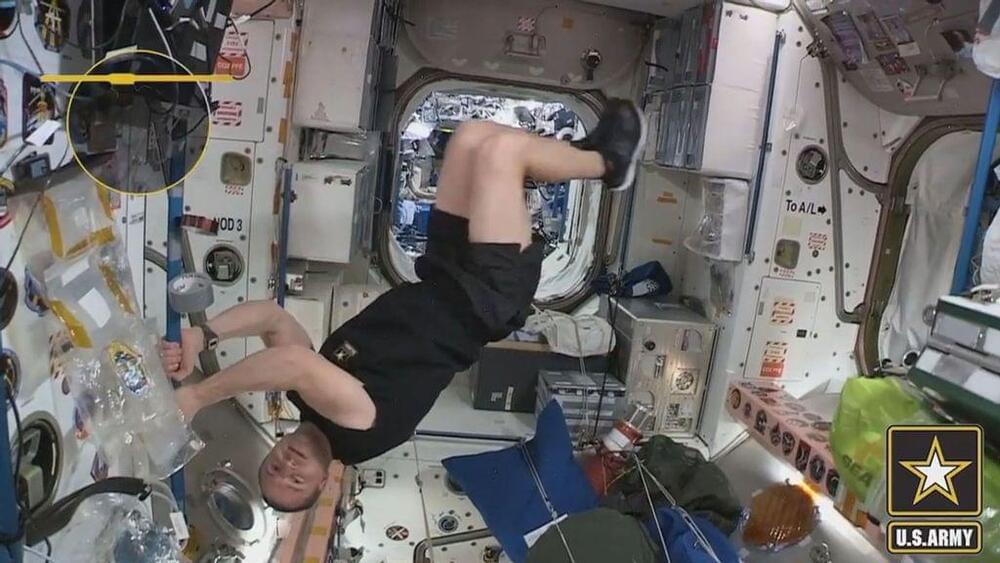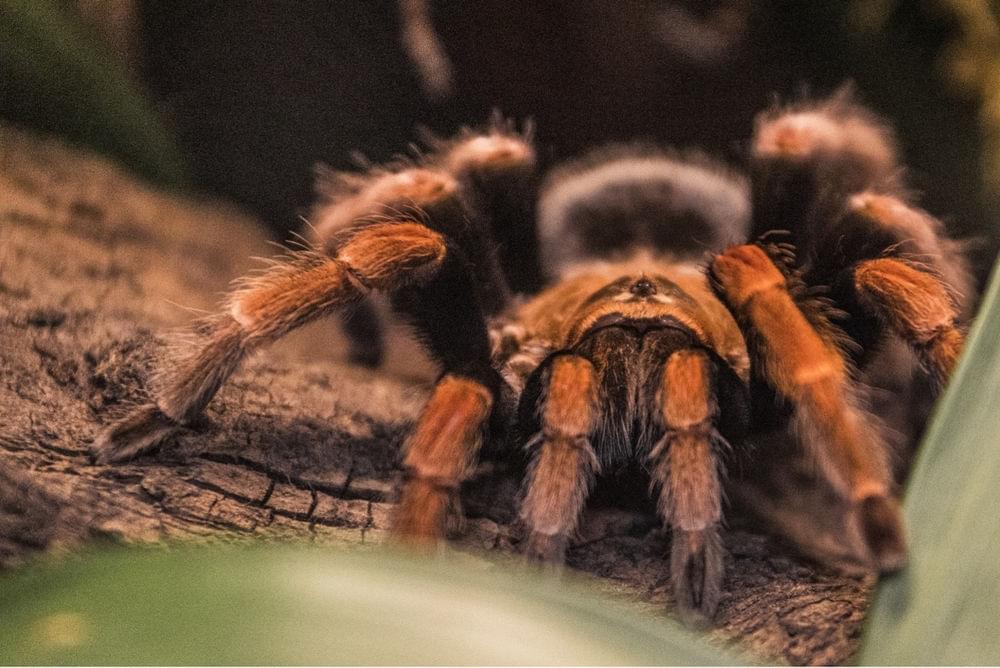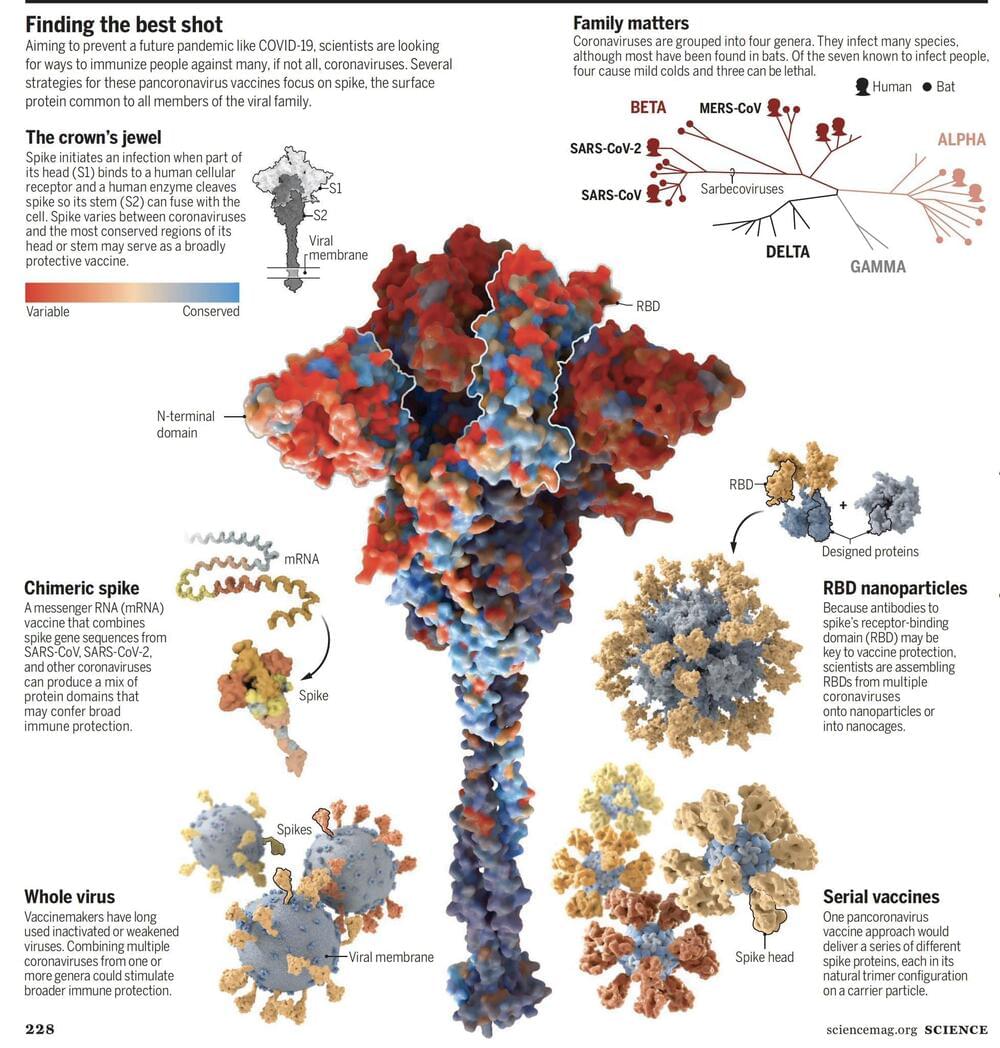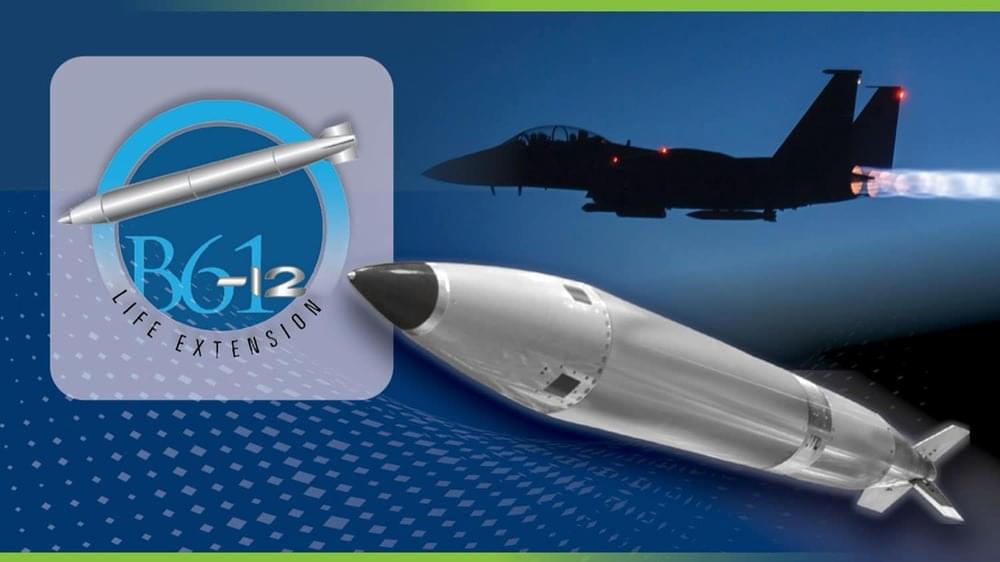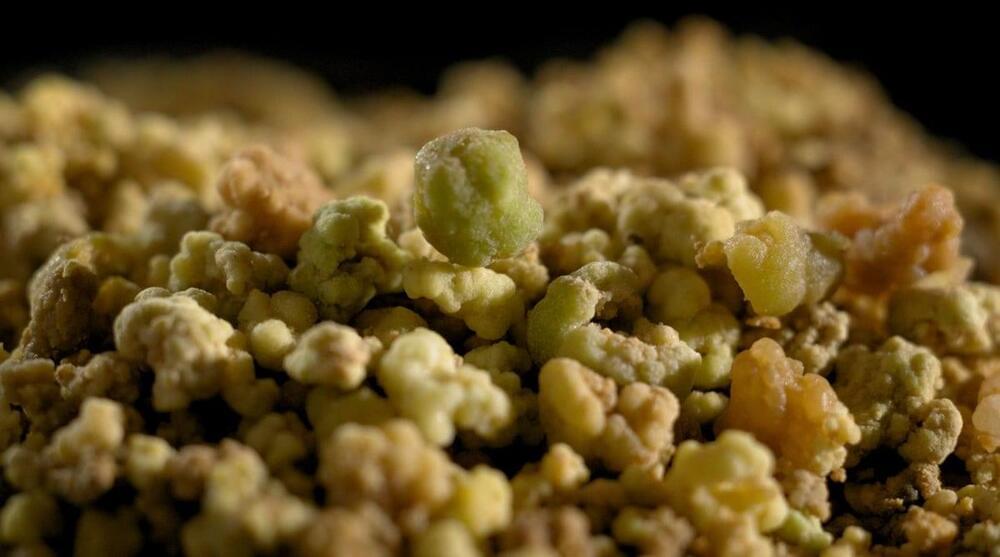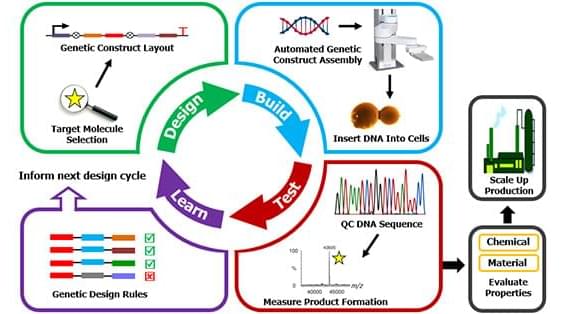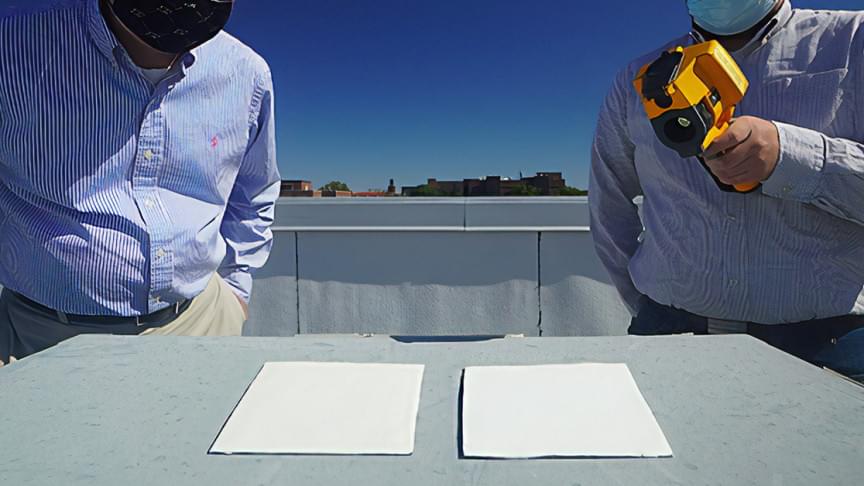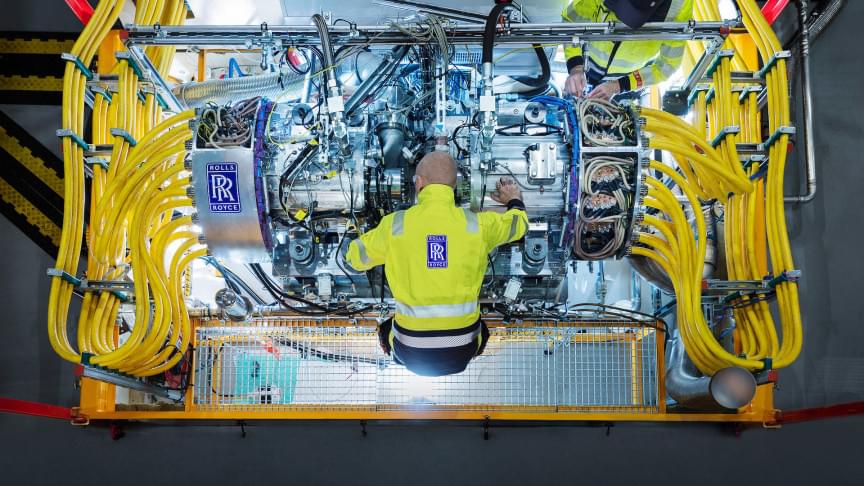Dec 9, 2021
We Asked a NASA Expert: How Did Perseverance Mars Rover Pick Its Landing Spot? [Video]
Posted by Genevieve Klien in category: alien life
How did NASA’s Perseverance Mars rover pick its exact landing spot? Believe it or not, the Mars rover decided precisely where to land just moments before it touched down. It’s thanks to the work of engineers like NASA’s Jet Propulsion Laboratory’s Swati Mohan and new technology called Terrain…
Mars rover pick its exact landing spot? Believe it or not, the Mars rover decided precisely where to land just moments before it touched down. It’s thanks to the work of engineers like NASA’s Jet Propulsion Laboratory’s Swati Mohan and new technology called Terrain Relative Navigation.
When NASA decides to send a rover to Mars, a whole group of experts gets together to figure out where it needs to go for the best science for that mission. Perseverance’s mission was to find the signs of past life on Mars. So, all the experts got together and picked Jezero crater.

